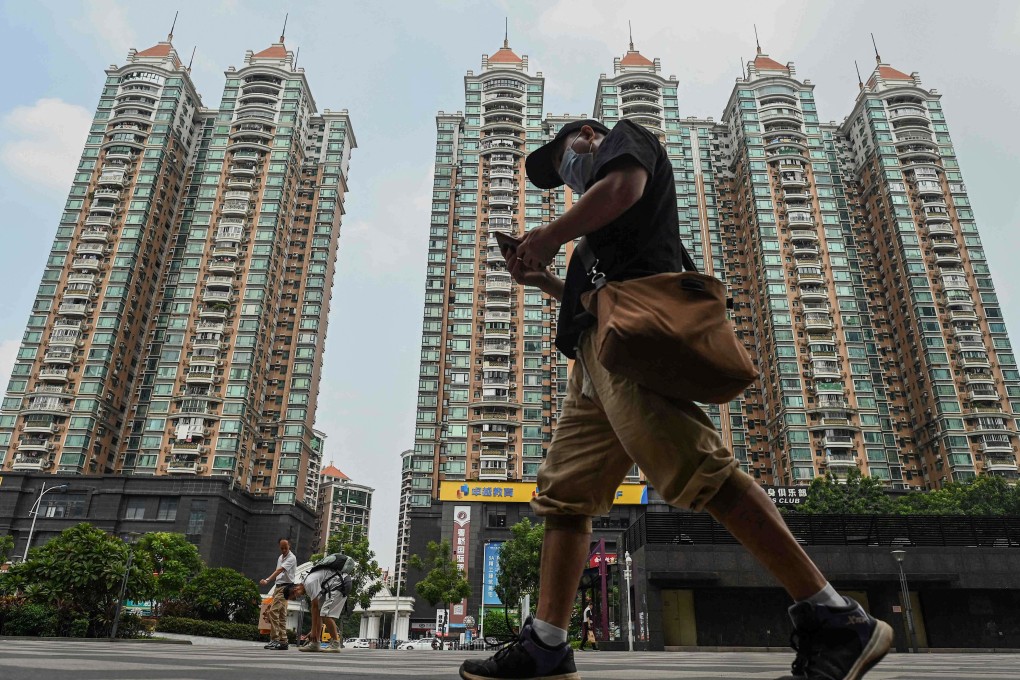Advertisement
Macroscope | How China’s wobbling recovery could be good news for emerging-market stocks
- If the slowdown in the Chinese economy continues to worsen, policymakers could significantly loosen monetary policy again
- That might help the parts of the economy policymakers want to de-emphasise, but Chinese and emerging equity markets would cheer such a turnaround
Reading Time:3 minutes
Why you can trust SCMP
1

Emerging market equities have had a difficult year. They have been struggling since mid-February after a strong start, falling by more than 10 per cent, while developed market equities have risen by around 10 per cent. What has gone wrong, and when might it get better?
The first thing to note is the dominance of Asia in the emerging market equity universe, with China accounting for more than a third of its equity by value. Adding in the markets of South Korea, Taiwan and India, the number is closer to three-quarters.
It is therefore of little surprise that the first signs of a slowing Chinese economy started the trouble for emerging market equities back in February. This was not totally unexpected, given that China was the first major economy to recover from the pandemic-induced recession and thus was likely to be the first to normalise from the rapid, reopening-driven growth.
Advertisement
Furthermore, Chinese policymakers had already started tightening economic policy in an effort to rein in excesses in the financial system and the real estate sector. Soon after, China’s began its ongoing regulation drive in the technology sector, which naturally has hurt the share prices of the affected companies in recent months.
The tech crackdown has been a significant drag on markets overall, as it directly affected some of the largest companies in the mainland Chinese, Hong Kong and emerging market equity indices. Most recently, the tightening of policy in the real estate sector has come to a head, with the much-publicised troubles for companies in that sector.
While this is unlikely to lead to a full-blown crisis, and could even turn out to be healthy for the economy in the long run, there will almost certainly be a price to pay in terms of near-term growth. It has certainly added to the pressure on Chinese equities.
Advertisement
Select Voice
Choose your listening speed
Get through articles 2x faster
1.25x
250 WPM
Slow
Average
Fast
1.25x

